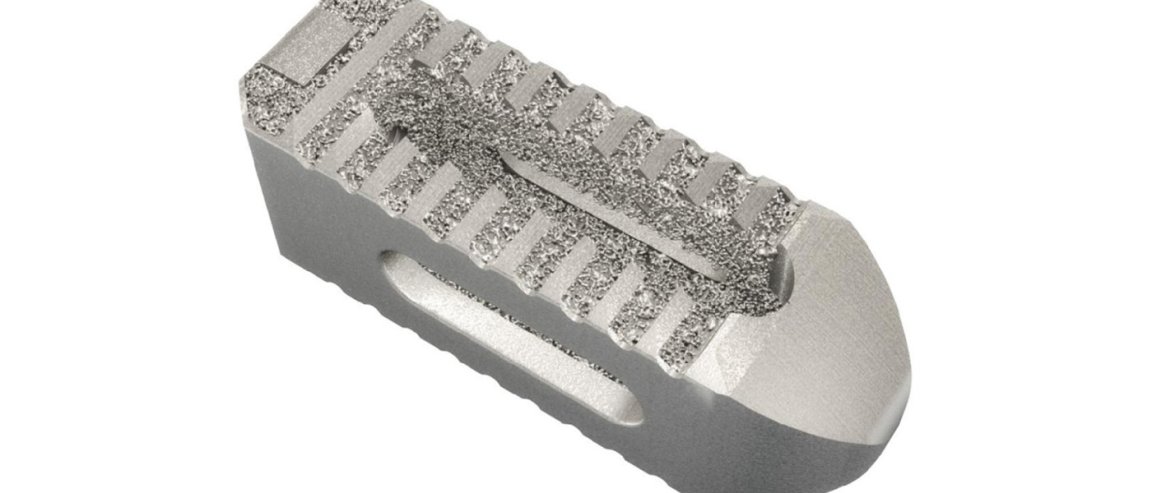
Back Problems
About a month after obtaining clearance from the FDA for their Tritanium PL Posterior Lumbar Cage, Stryker launched the 3D printed fusion device at the American Association of Neurological Surgeons (AANS) Annual Scientific Meeting this week.
According to Stryker, “Tritanium is a novel highly porous titanium material designed for bone in-growth and biologic fixation in spine applications.” It is designed to help alleviate the problems brought upon by degenerative disc disease (DDD). As we age, the spinal discs dry out and lose their shock-absorbing abilities, in addition to injuries and the wear-and-tear brought by daily activities, this causes back pain of varying severities.
And this new implant might help bring relief to millions worldwide.

3D Printed ‘Bones’
Advanced medical-grade 3D printing has already rendered very substantial contributions to the medical industry, and the ability to create porous implants, such as the ones here, helps stimulate natural bone growth and encourages full integration with the human body. Ultimately, these can be printed to have 500-micron diameter pores, enabling the patient’s existing bone to grow around the 3d printed implants.
Moreover, tritanium is a type of titanium alloy, which means it is very strong and durable enough for implant into the body, and that it simulates the mechanical properties of natural bone.
“Spine surgeons need a cage that has the capability of bony integration or bony in-growth, as well as radiolucency so that we can evaluate the fusion long term. Because Tritanium has favorable radiographic capabilities, as well as the integrative surface technology, that really in my opinion is what I would ask for from an interbody cage,” said Dr. Wellington Hsu, M.D., Orthopaedic Surgeon at Northwestern Medical Group.
The Tritanium Posterior Lumbar Cage can easily be custom-printed to adjust to different patients’ anatomies, and will be implanted in a posterior approach, ensuring it does not damage any muscle tissue around the spine.